Description
- Brand Name: ARTOU
- Certification: NONE
- Origin: CN(Origin)
- Theory: Electromagnetic Relay
- is_customized: Yes
- Contact Load: High Power
- Voltage: 5V
- Model Number: 1 Channel
- Protect Feature: Epoxy
- Power Source: DC
- Usage: General Purpose
- ParentNumber: 125522
use:
Light detection, brightness detection, potentiometer can adjust the detection brightness valve point, self-contained relay, can do all kinds of brightness detection switch, can control various street lights, automatically turn on at night, automatic extinguishing during the day and on-board supplies control and automation equipment. (Compared with the photoresistor, the directivity is better, the light source in a fixed direction can be sensed, and the light directly in front of the photodiode is detected, and the periphery is difficult to detect, and the light-receiving function is often used.
)
Module features:
1. Using photodiode to sense the intensity of light, with its own relay, directly control the load
2. With potentiometer to adjust the sensitivity, set the start relay threshold by adjusting the potentiometer. When it is brighter, the module relay pulls in. When it is darker than this threshold, the relay is released, so it is normally open and common. The end is the switch that controls the daytime, and the normally closed and common ends are the switches that control the night.
3. Working voltage 12V
4. Output form: load directly connected to AC 220V 10A or DC30V 10A
5. With 4 fixing bolt holes for easy installation
6. Small board PCB size: 5cm x 2.6cm
7. Use wide voltage LM393 comparator
Electrical parameters:
Supply voltage: 5V/12VDC
Current: greater than 100mA
Load: 250V 10A AC or 30V 10A DC
Module instructions:
1. Photodiodes are most sensitive to ambient light and are generally used to detect the brightness of ambient light.
2. When the ambient light exceeds the set threshold, the relay is closed, and the common end is connected to the normally open end. When the ambient light is lower than the set threshold, the relay is disconnected, and the common end is connected to the normally closed end;
3. Common end, normally open, normally closed three ports are equivalent to a dual control switch. When the relay coil is energized, the common end is normally connected to the normally open end. When there is no power, the common end and the normally closed end are turned on.



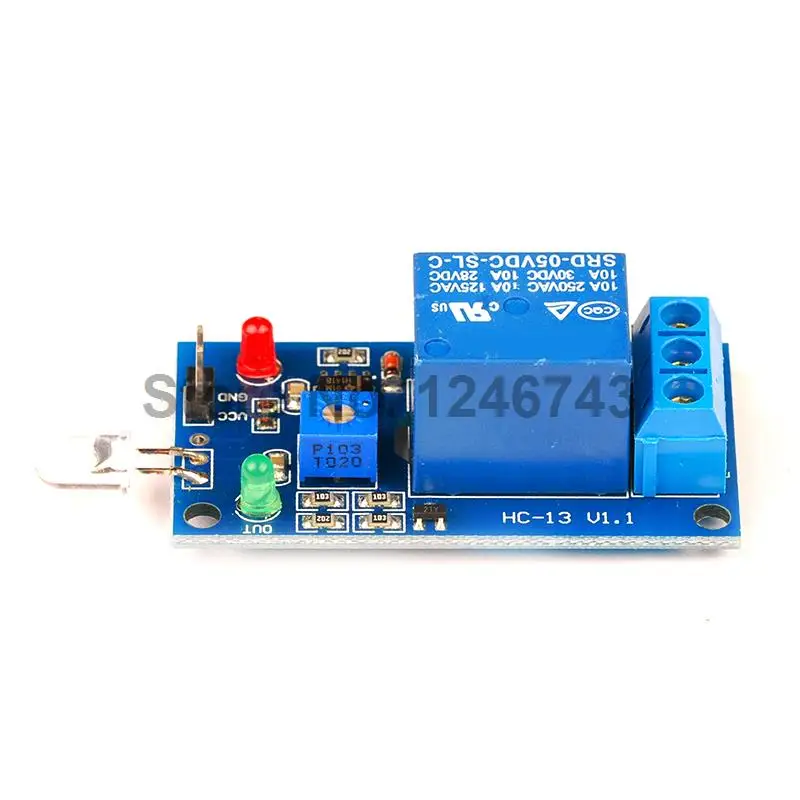



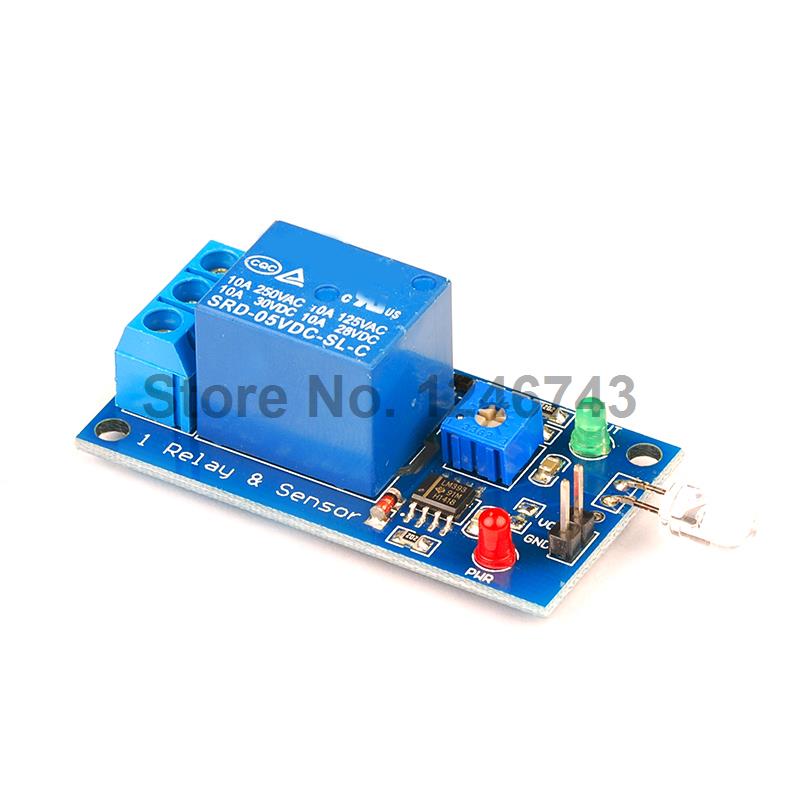
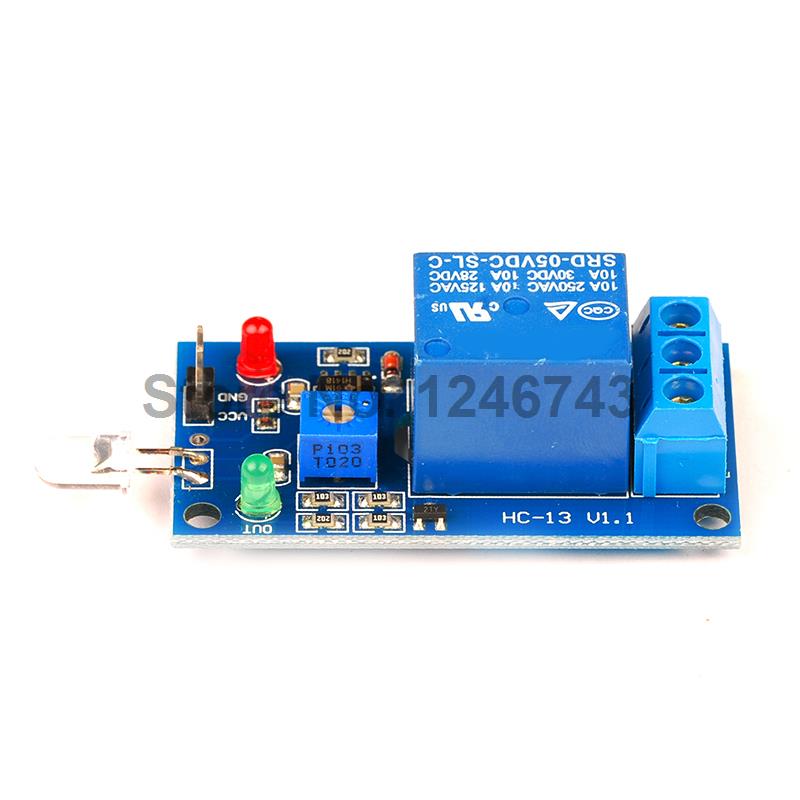

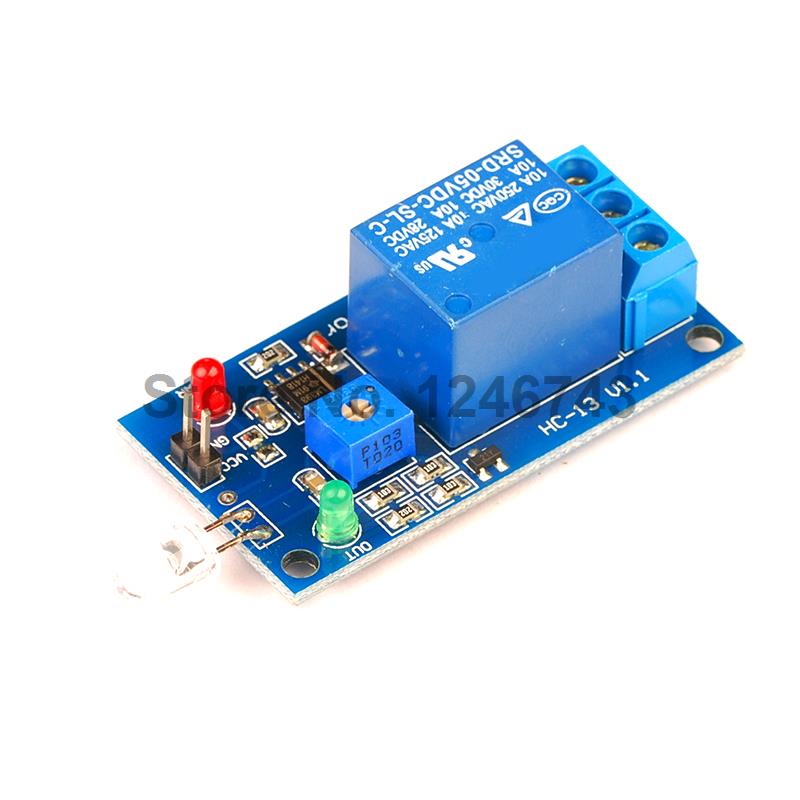


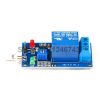
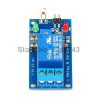
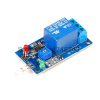
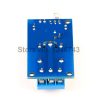
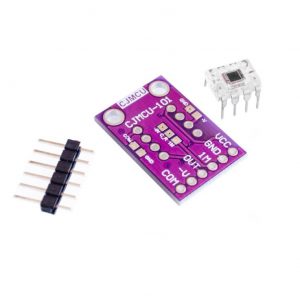
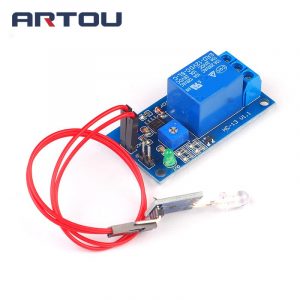
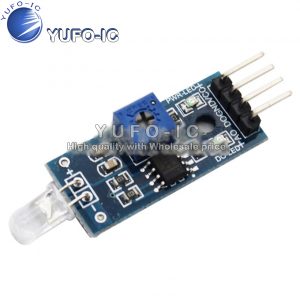

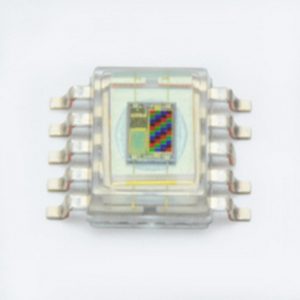
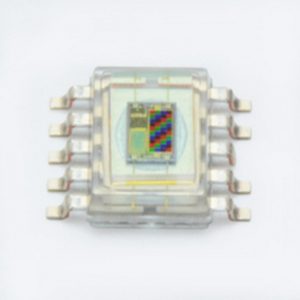




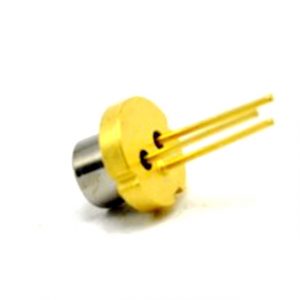 405nm 150mw Single Mode Laser Diode | SM LD |3.8mm Package
405nm 150mw Single Mode Laser Diode | SM LD |3.8mm Package
Reviews
There are no reviews yet.